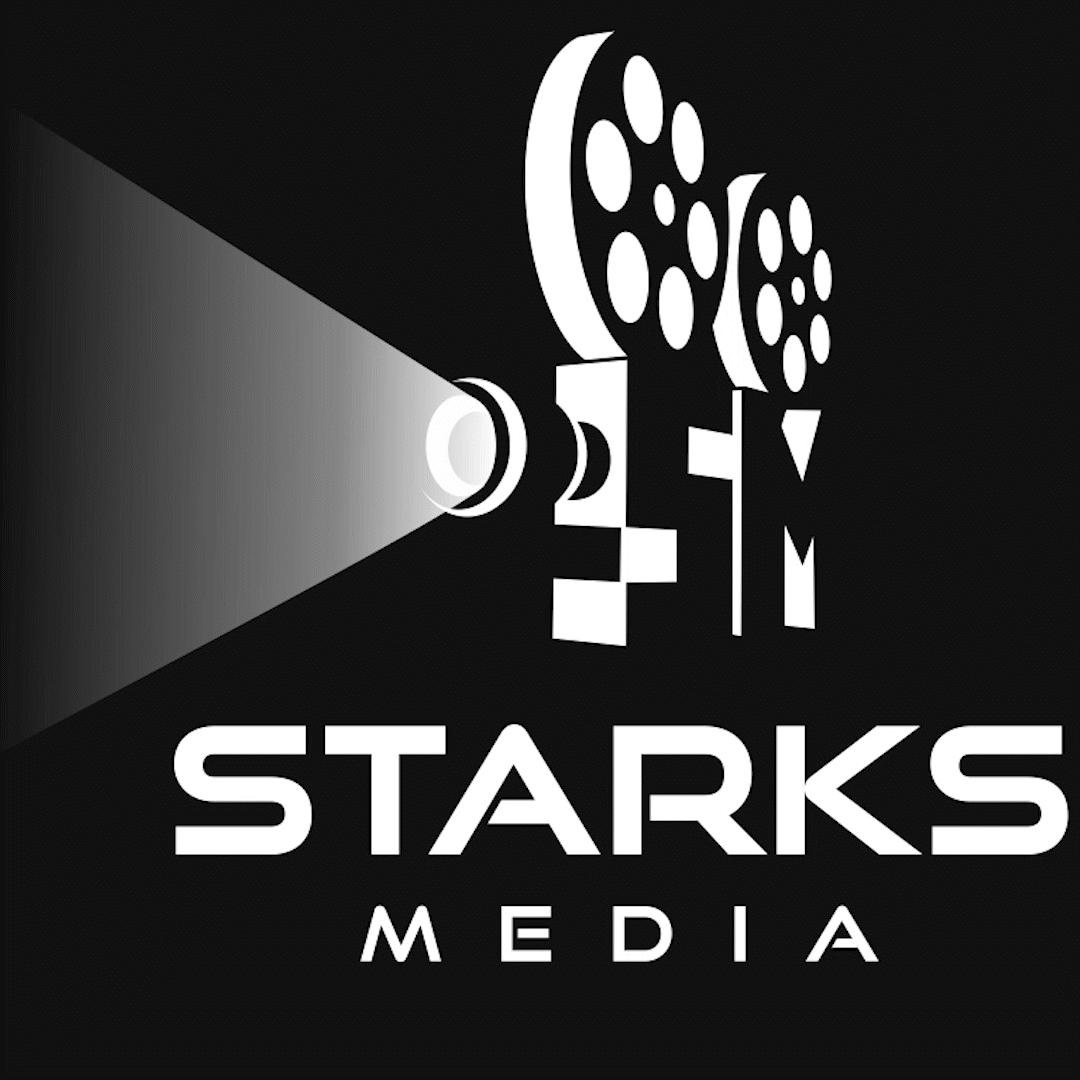Will Video Editing Be Replaced by AI? An In-Depth Analysis
Will Video Editing Be Replaced by AI? An In-Depth Analys
AI and Human Video Editor Collaboration
Introduction
The realm of video editing, once tethered exclusively to the skilled hands of human editors, is on the cusp of a revolutionary shift. From the early days of painstakingly splicing film reels to the sophisticated digital editing suites of today, this craft has continually evolved. Now, as we stand at the precipice of a new era marked by artificial intelligence (AI), we must ask: Will AI replace traditional video editing?
This blog post delves into the history of video editing, the current landscape of AI in this domain, and offers a prognosis on the future interplay between human creativity and machine intelligence in video storytelling.
A Brief History of Video Editing
Video editing has journeyed from the rudimentary linear editing of the 20th century, where film strips were physically cut and pasted, to the advent of non-linear editing systems (NLEs) that revolutionized the process digitally. This shift to digital, heralded by tools like Adobe Premiere and Final Cut Pro, democratized video editing, making it more accessible and versatile.
The Emergence of AI in Video Editing
AI in video editing isn't science fiction—it's already here. AI-based tools and algorithms are increasingly being employed for tasks such as color correction, sound design, and even content editing. These systems can analyze large datasets, learn from them, and assist in creating more efficient workflows.
The Case for AI: Efficiency and Scalability
In today's fast-paced content creation landscape, efficiency is king. AI promises a world where mundane and repetitive tasks are automated, allowing human editors to focus on creative decision-making. For instance, AI can quickly sift through hours of footage to find the perfect shot, a task that would take a human editor considerably longer.
Case Studies: AI in Action
Several AI-based video editing tools have emerged, demonstrating the potential of this technology. For example, IBM's Watson can analyze video and audio to auto-generate highlight reels. Similarly, Adobe's Sensei uses AI to streamline various editing tasks, enhancing the capabilities of their software suite.
Ethical Considerations in AI Video Editing
AI vs. Traditional Editing: A Comparative Analysis
While AI brings speed and efficiency, traditional editing remains unmatched in certain aspects, particularly when it comes to understanding nuanced storytelling and emotional resonance. Human editors possess an irreplaceable creative intuition, a sense of timing and rhythm that AI has yet to replicate fully.
The Human-AI Collaboration
The future of video editing likely lies not in AI replacing humans but in AI augmenting human capabilities. This symbiotic relationship promises a workflow where AI handles the technical grunt work, leaving humans free to exercise their creative muscles more effectively.
Challenges and Limitations
Despite its potential, AI in video editing faces challenges. These include concerns over job displacement, the need for massive datasets to train AI systems effectively, and the ongoing struggle to balance AI efficiency with human creativity.
Ethical Considerations
As AI becomes more prevalent in media production, ethical concerns arise. Issues like deepfakes and the manipulation of reality through AI pose significant challenges, requiring a careful balance between technological advancement and ethical responsibility.
Industry Perspectives
Human Intuition in Video Editing
Experts in the field offer mixed views. Some herald AI as the future of video editing, while others caution against over-reliance on technology. Interviews with industry professionals reveal a consensus on one point: the need for a balanced approach, where AI complements rather than supplants human expertise.
Conclusion: The Road Ahead
AI is set to play a significant role in the future of video editing, but it's unlikely to replace human editors entirely. Instead, we can expect a new era of video production where AI and human creativity coexist, each amplifying the strengths of the other.
In the end, storytelling—a fundamentally human art—will continue to thrive, bolstered by the tools and technologies that evolve alongside it. As we embrace AI, we must do so to enhance our creative capabilities, not replace them.



